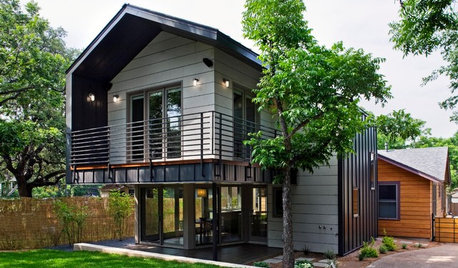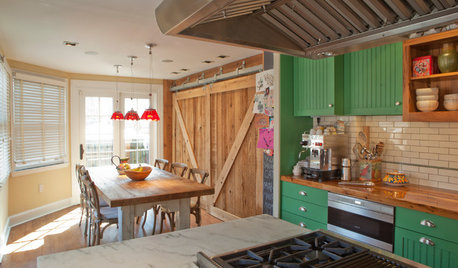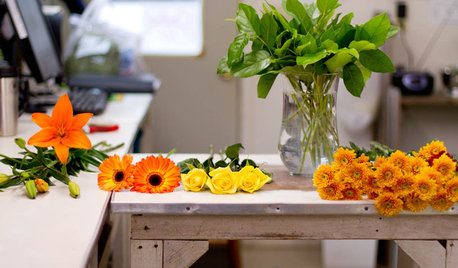Dyna-Gro Pro 9-3-6 - How Much to Use?
paul_30068
11 years ago
Featured Answer
Comments (23)
greenman28 NorCal 7b/8a
11 years agomeyermike_1micha
11 years agoRelated Professionals
Allen Landscape Architects & Landscape Designers · Brentwood Landscape Architects & Landscape Designers · Rossville Landscape Architects & Landscape Designers · East Patchogue Landscape Architects & Landscape Designers · Arlington Landscape Contractors · South Portland Landscape Contractors · Winter Gardens Landscape Contractors · Suisun City Landscape Contractors · Maplewood Solar Energy Systems · Sterling Window Contractors · Fullerton Fence Contractors · Santa Barbara Fence Contractors · Zion Fence Contractors · Angleton Fence Contractors · San Lorenzo Fence Contractorspaul_30068
11 years agopaul_30068
11 years agoedweather USDA 9a, HZ 9, Sunset 28
11 years agogreenman28 NorCal 7b/8a
11 years agogreentiger87
11 years agoblandon
9 years agooxboy555
9 years agopaul_30068
9 years agogreenman28 NorCal 7b/8a
9 years agopaul_30068
9 years agogreenman28 NorCal 7b/8a
9 years agohairmetal4ever
9 years agopaul_30068
9 years agoLoveplants2 8b Virginia Beach, Virginia
9 years agoLarry (Los Angeles, 10a, Sunset Zone 19)
7 years agolast modified: 7 years agogreenman28 NorCal 7b/8a
7 years agoLarry (Los Angeles, 10a, Sunset Zone 19)
7 years agoLarry (Los Angeles, 10a, Sunset Zone 19)
7 years agogreenman28 NorCal 7b/8a
7 years agoLarry (Los Angeles, 10a, Sunset Zone 19)
7 years agolast modified: 7 years ago
Related Stories

KIDS’ SPACES9 Pro Tips to Create a Long-Lasting Kids’ Room
Hear what professional designers have to say about turning your nursery into a kids’ room that will last through the preteen years
Full Story
DECORATING GUIDESDecorating 101: Do It Yourself or Hire a Pro?
Learn the advantages and disadvantages of decorating alone and bringing in skilled help
Full Story
CHRISTMASHow to Light Your Christmas Tree Like a Pro
Give yourself frustration-free tree lighting this year — the trick is clever cord management
Full Story
CONTRACTOR TIPSContractor Tips: 10 Home Areas That Likely Need a Pro
Safety, less cost and better aesthetics on a home improvement project may rest in the hands of an expert
Full Story
TASTEMAKERSPro Chefs Dish on Kitchens: How Marc Vetri Cooks at Home
Learn an Iron Chef's kitchen preferences on everything from flooring to ceiling lights — and the one element he didn't even think about
Full Story
REMODELING GUIDES10 Home Fixes That Require a Pro
With some home improvements, your best tool might be the phone. Here are some areas in which it pays to make the call
Full Story
DECORATING GUIDESPro Photo Styling: Say It With Flowers
A top design photographer reveals flower-styling secrets to give your home photo shoots that professional sheen
Full Story
DIY PROJECTSArrange a Gift Floral Bouquet Like a Pro
For a fall gift bouquet that looks expensive but is (almost) dirt cheap, just follow this step-by-step guide
Full Story
HOUSEKEEPINGWhat's That Sound? 9 Home Noises and How to Fix Them
Bumps and thumps might be driving you crazy, but they also might mean big trouble. We give you the lowdown and which pro to call for help
Full Story
DECORATING GUIDESCheat Codes: 9 Designer Shortcuts That Work
Embrace these favorite pro tricks for quick style
Full StoryMore Discussions









greenman28 NorCal 7b/8a